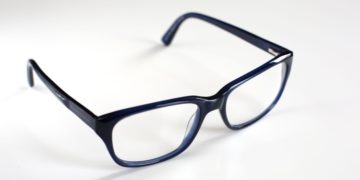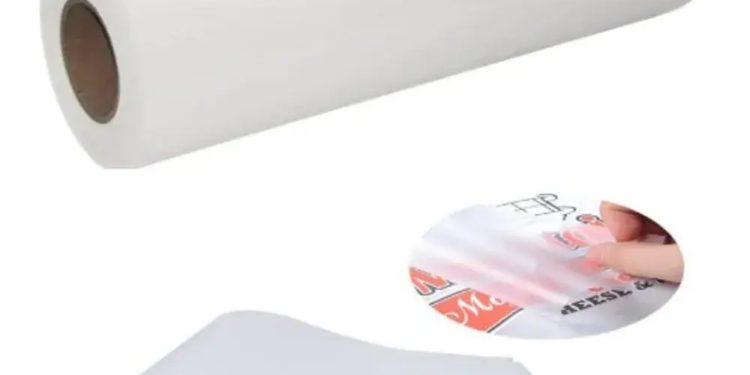DTF (Direct to Film) technology stands out in garment printing. It offers vibrant prints, versatility, and works well with many fabrics. A key part of this process is the Linko DTF transfer film. It ensures the final output looks professional, lasts long, and is visually appealing.
If you’re new to DTF printing or want to improve your workflow, it’s important to know about DTF transfer films. Choosing the right type is key. For a top-notch choice that pros trust, try LINKO DTF transfer film. It delivers steady quality and dependable results.
Types of DTF transfer films:
DTF transfer films vary in composition, thickness, coating, and compatibility. Below are the most common types available in the market:
1. Hot Peel DTF Film;
Hot peel films let you peel off the transfer right after pressing. This saves time and speeds up production. These films are ideal for high-volume printing environments where time is crucial.
2. Cold Peel DTF Film:
Cold peel films require a cooling period before peeling. They may take a bit longer, but they provide a glossier finish and better detail. This makes them great for complex designs.
3. Matte Finish DTF Film:
Matte DTF films produce a non-glossy finish, offering a more natural look. Fashion pieces that desire a soft appearance find them ideal.
4. Glossy Finish DTF Film:
These films enhance color vibrancy and offer a shiny finish. They are commonly used for promotional items and sportswear that demand eye-catching visuals.
5. Single-Sided Coated Film:
This is the standard choice for most DTF users. One side is coated, and it absorbs ink well. This results in crisp, clean transfers.
6. Double-Sided Coated Film:
This premium option offers extra durability and stability during printing. It minimizes curling and static, making it suitable for high-end, detailed prints.
Key Factors to Consider When Choosing DTF Transfer Film:
Compatibility with the printer and ink:
Not all films work with every DTF printer. Make sure the film you choose works with your printer and DTF ink. Poor compatibility can lead to uneven prints and ink bleeding.
Peel Type (Hot vs. Cold):
Evaluate whether a hot or cold peel suits your workflow. Hot peel speeds up the process, while cold peel typically results in better detail and finish. Your choice may depend on whether speed or quality is more important to you.
Finish Type:
The desired finish—matte or glossy—should align with the final product’s purpose. Matte is ideal for fashion wear, while glossy suits eye-catching promotional apparel.
Thickness and Stability:
Thicker films tend to handle better during the printing and transfer process. They are less likely to jam or wrinkle and provide more consistent results.
Transfer Quality and Durability:
A high-quality film should offer excellent adhesion, wash resistance, and stretch tolerance. It should maintain color vibrancy and detail even after multiple washes.
Why Film Quality Matters in DTF Printing?
Choosing the wrong type of film can compromise the entire printing process. Problems like poor ink absorption, static buildup, and transfer failures waste time, materials, and money. That’s why investing in a trusted brand is crucial.
A reliable source is dtflinko.com. It’s a trusted platform that offers various DTF products. They offer premium transfer films. These films meet industry standards for performance and durability. Their films are made to work perfectly with top DTF printers. They provide sharp details, bright colors, and durable transfers.
Tips for Storing and Handling DTF Films:
Even the best films can fail to meet expectations if the handling or storage is inadequate.
- Keep films in a dry, dust-free environment.
- Avoid exposing films to direct sunlight or extreme temperatures.
- Store them flat to prevent bending or curling.
- Always check the expiration date and use it within the recommended time.
FaAQs:
What makes DTF transfer films different from other heat transfer materials?
DTF films let you print full-color designs directly. You don’t need to weed or cut vinyl. This makes them efficient and precise, especially for complex or multicolor art.
Can I use DTF films on dark-colored garments?
Yes, DTF films make bright, opaque prints on light and dark fabrics. These include cotton, polyester, and blends.
Conclusion:
DTF transfer films are the foundation of high-quality DTF printing. The right film makes your designs look great and last long. They will also be durable and comfortable. Knowing what you need—like speed, detail, or finish—will help you pick the right film for your work.
Choose trusted products, such as LINKO DTF transfer film. Buy from reputable suppliers like dtflinko.com. This ensures your prints look professional and high-quality.











































































